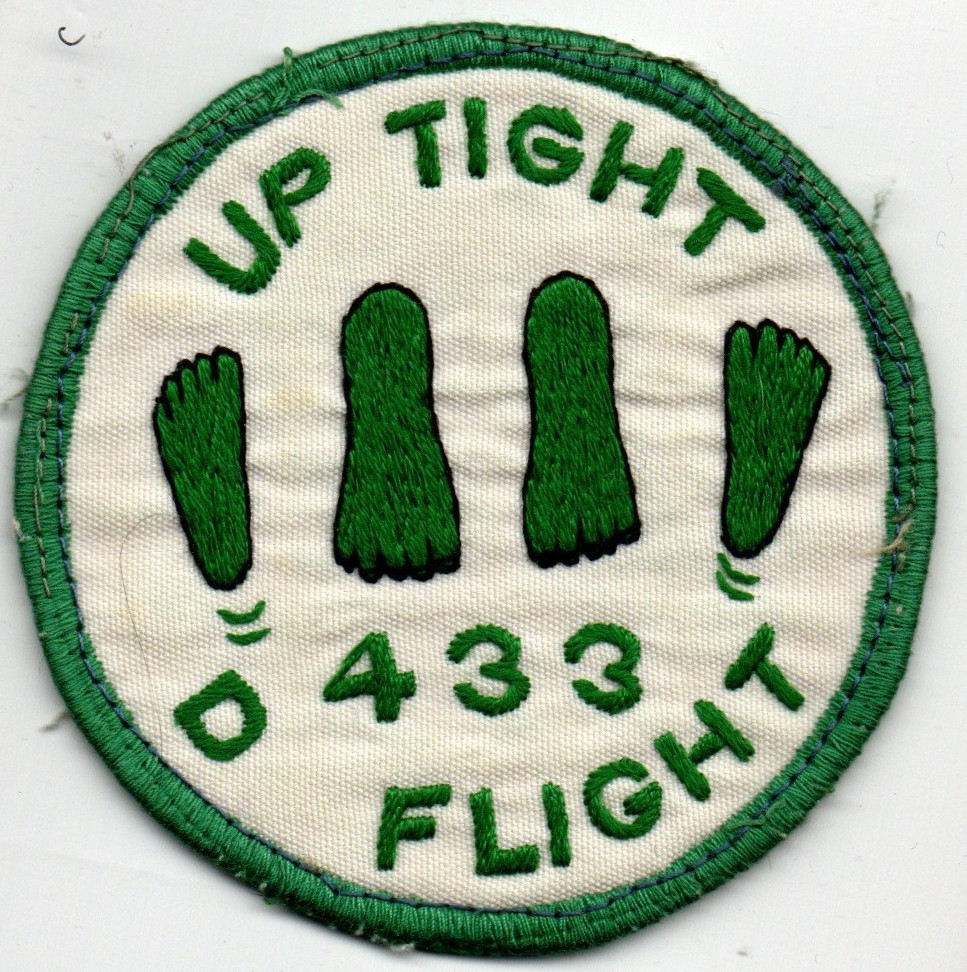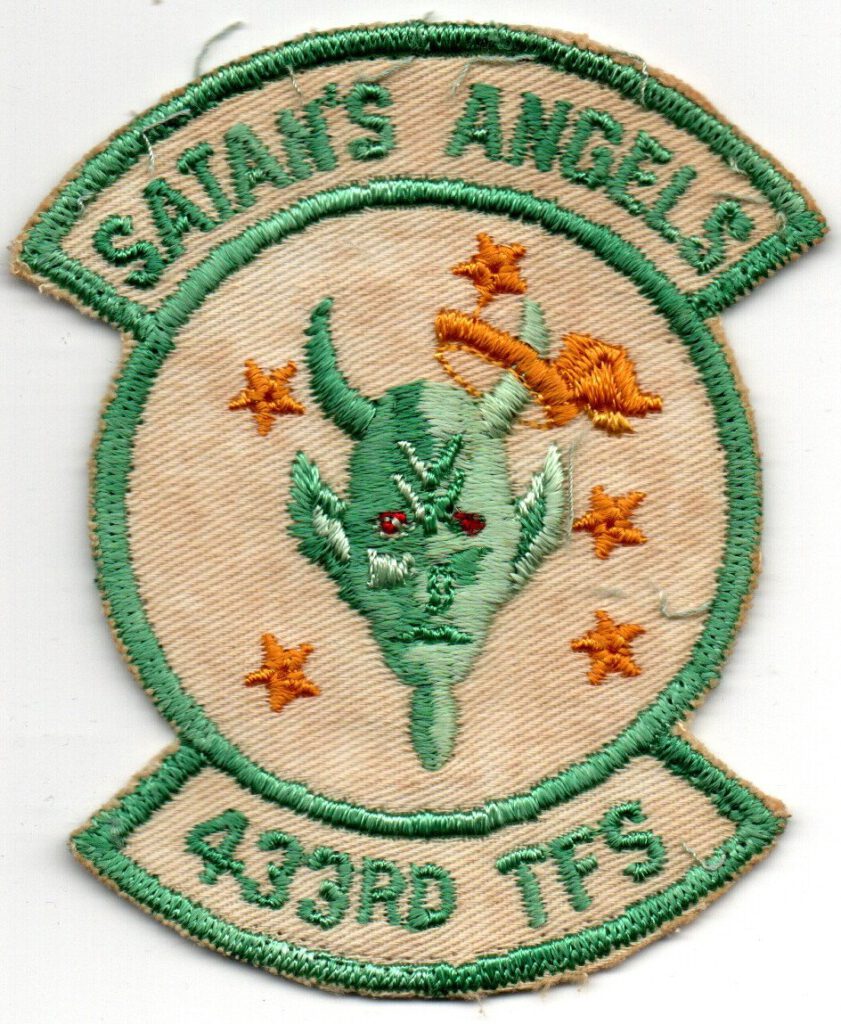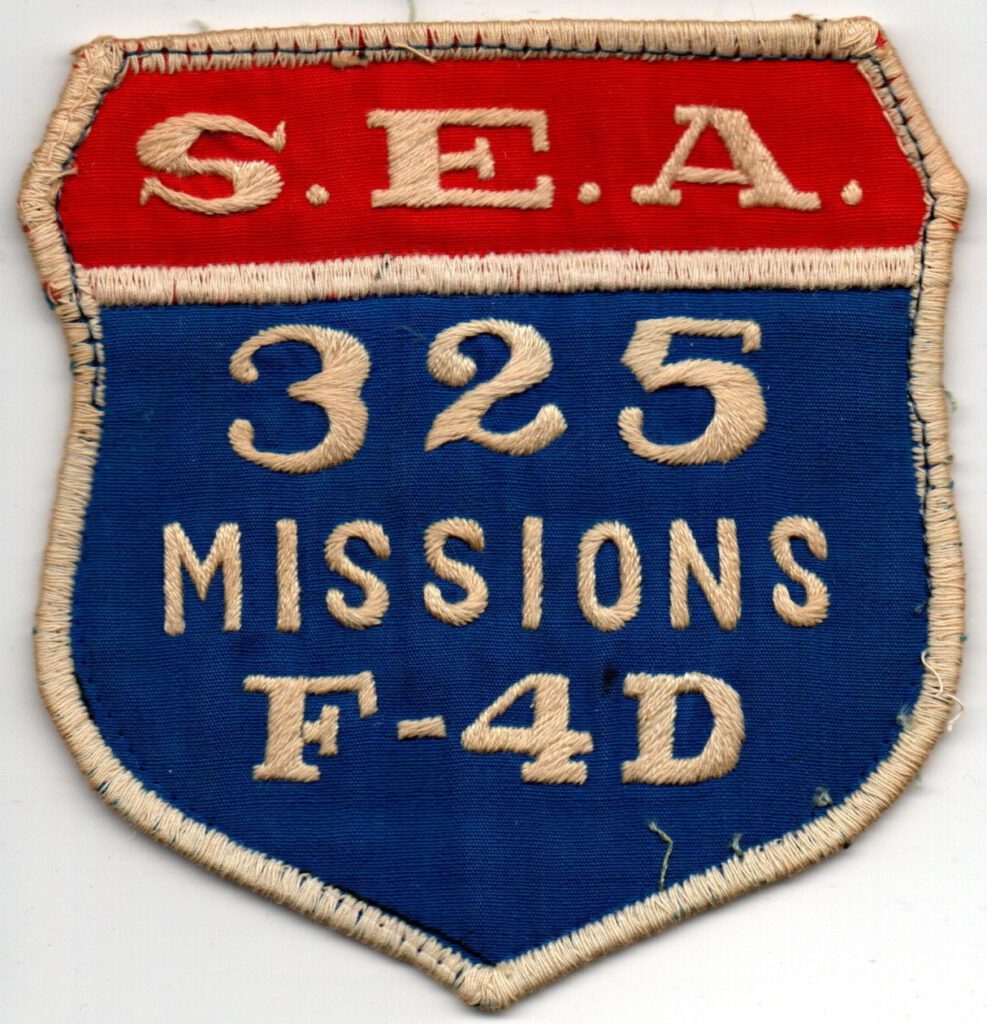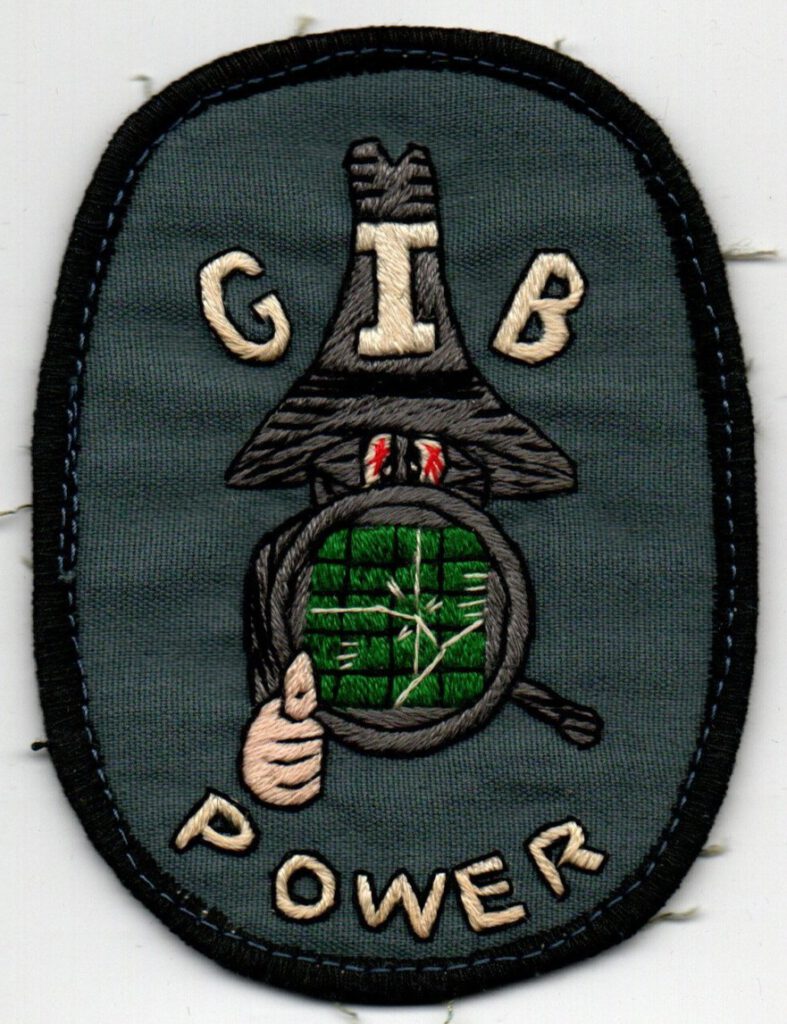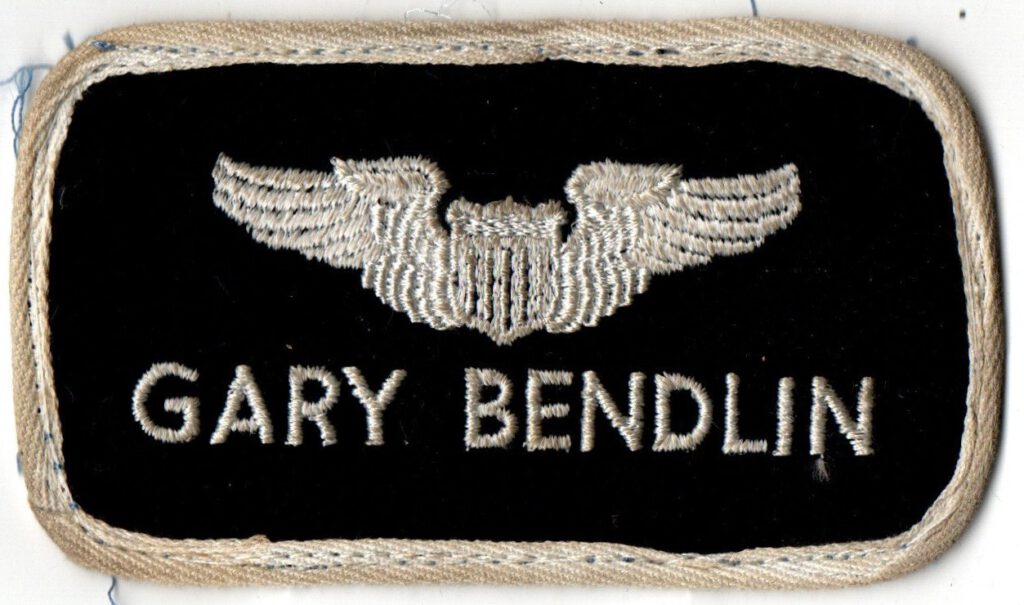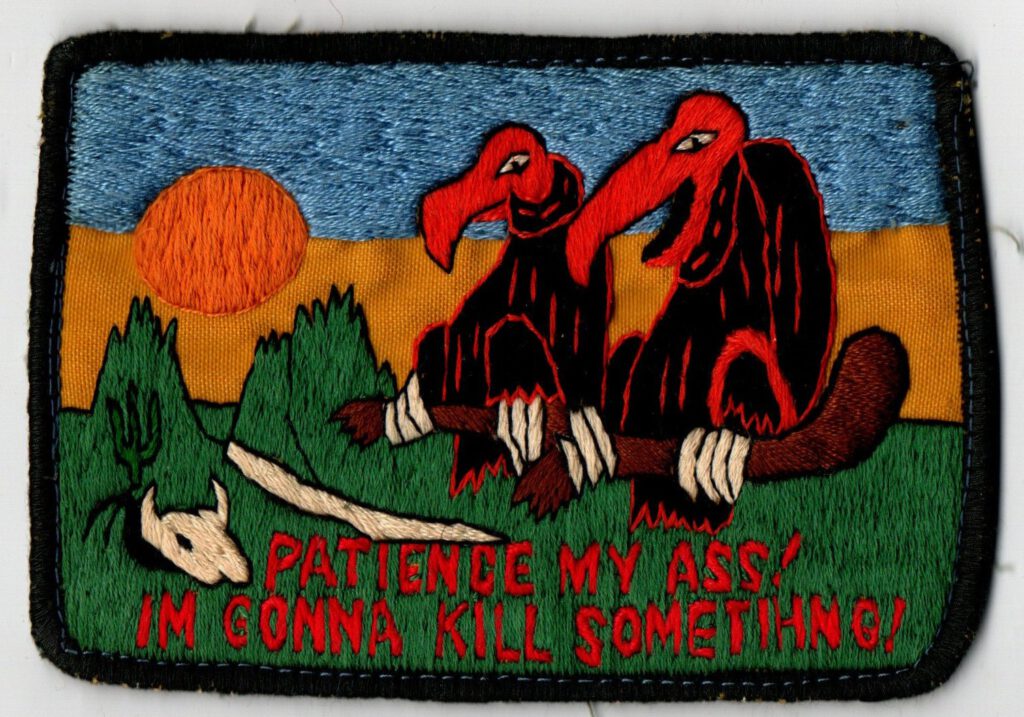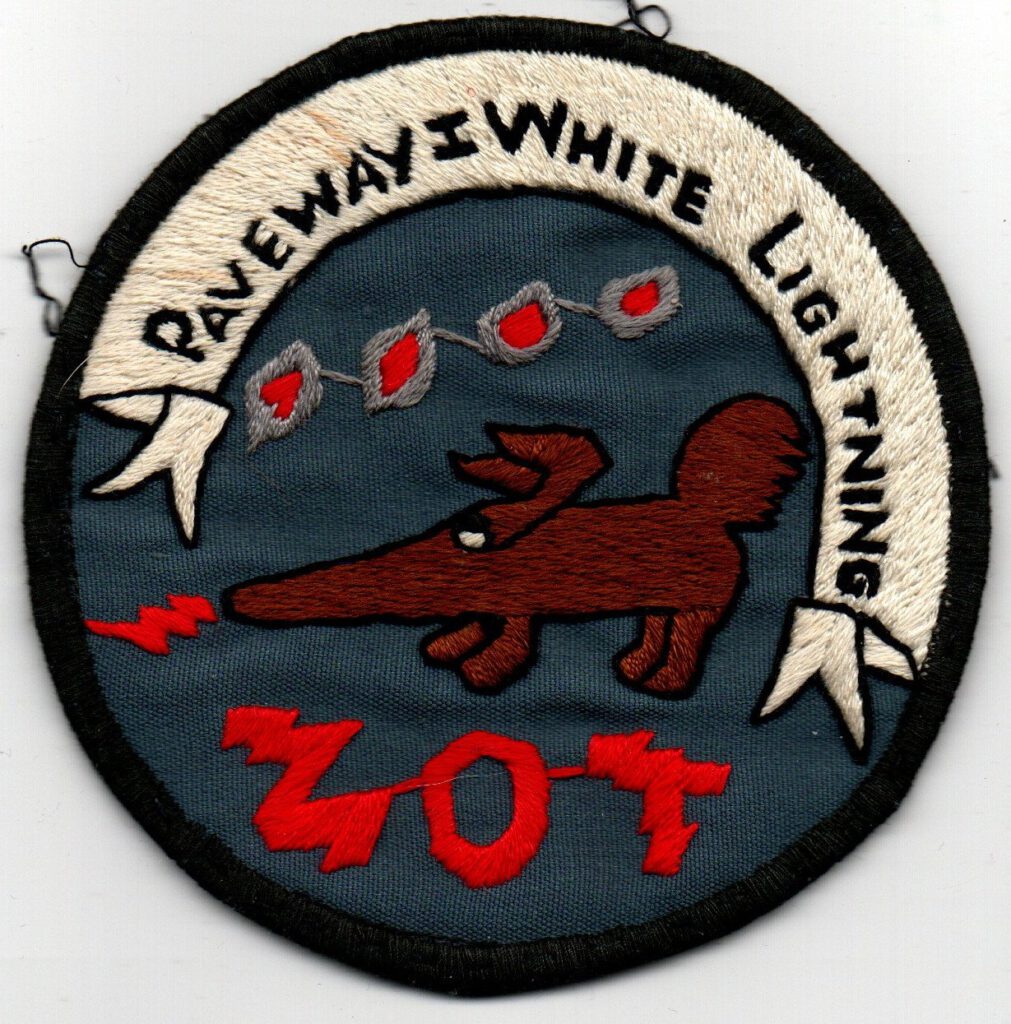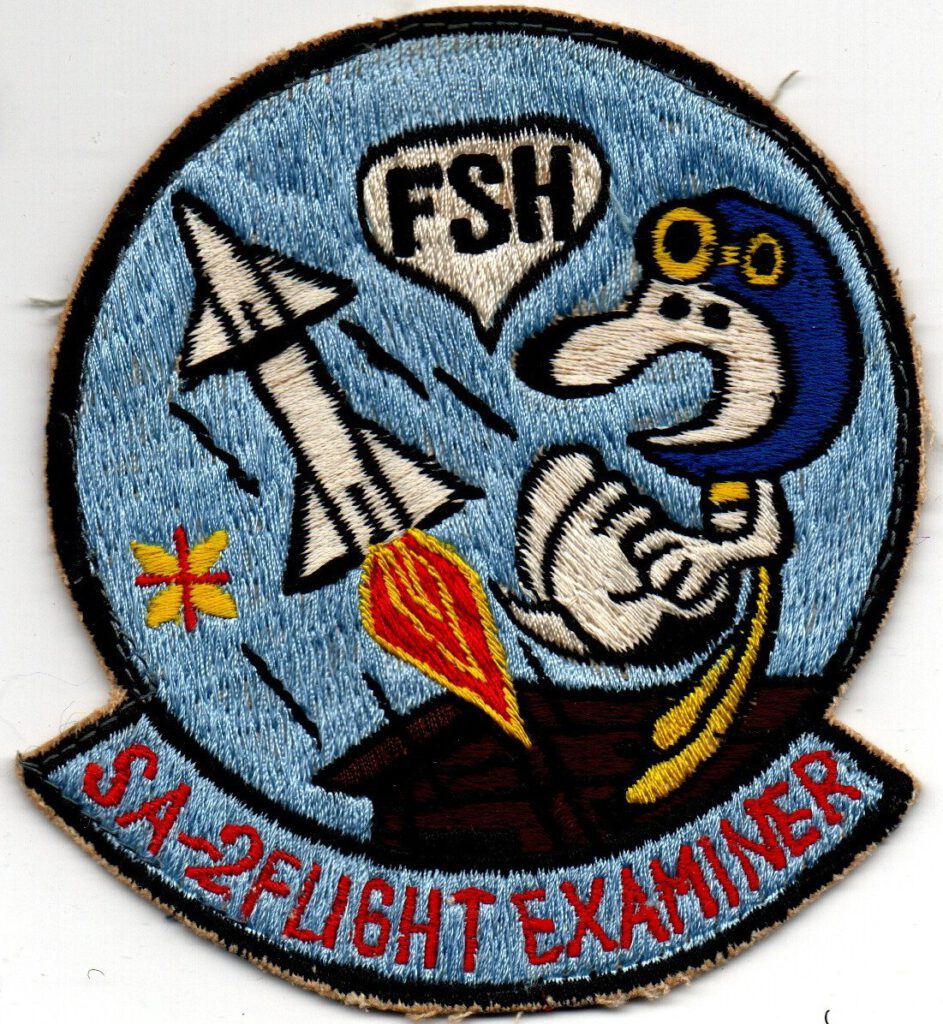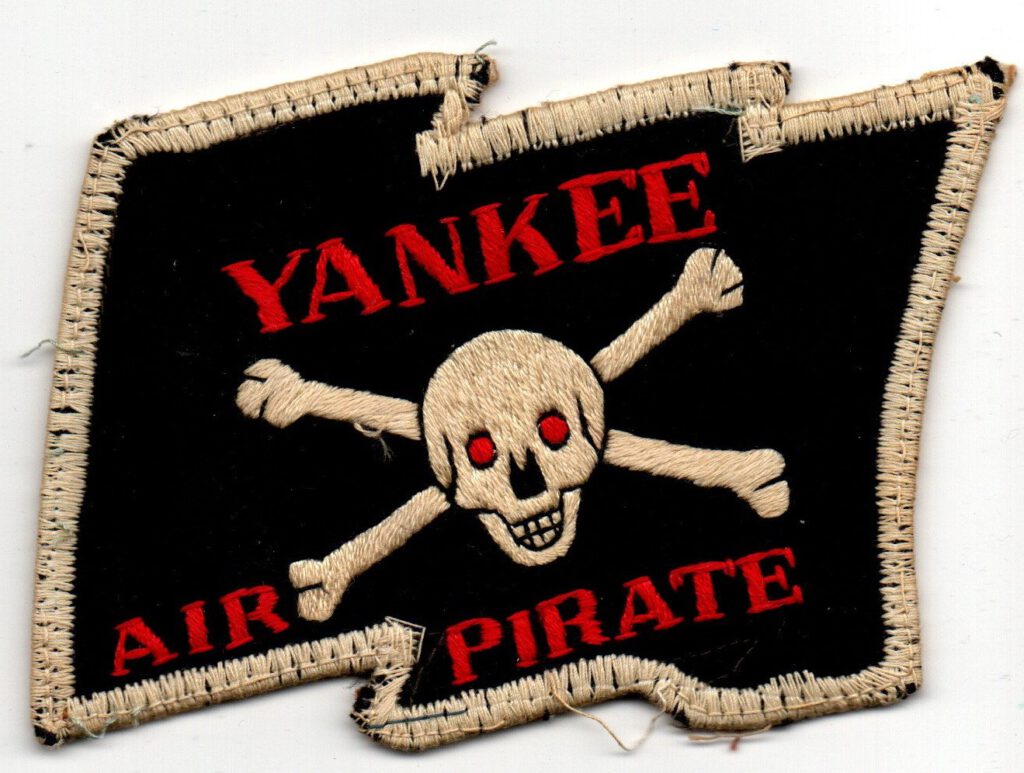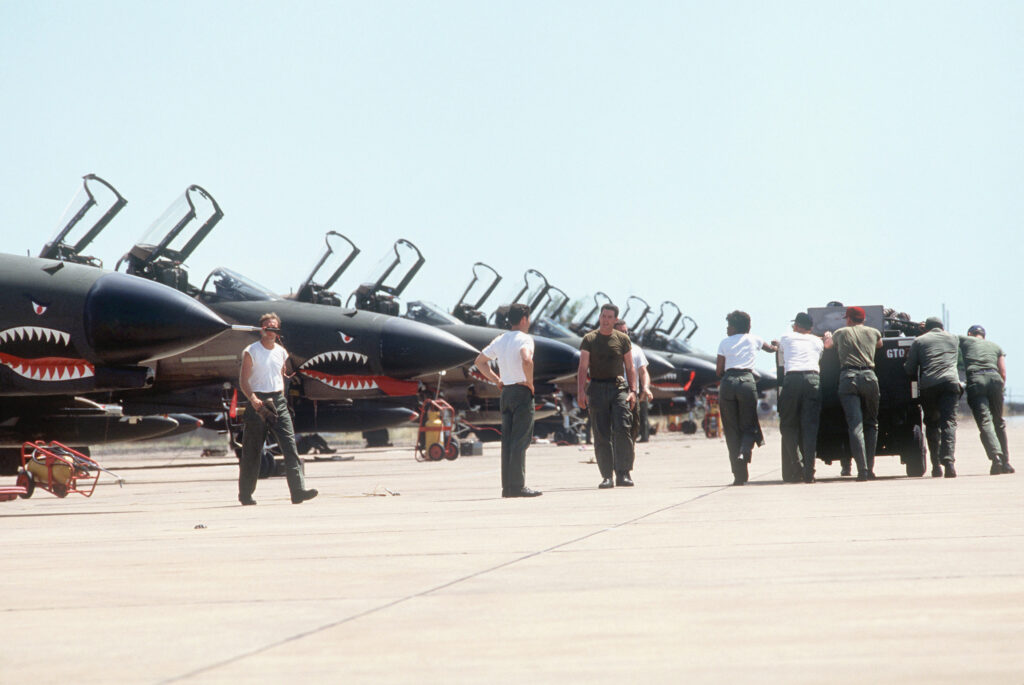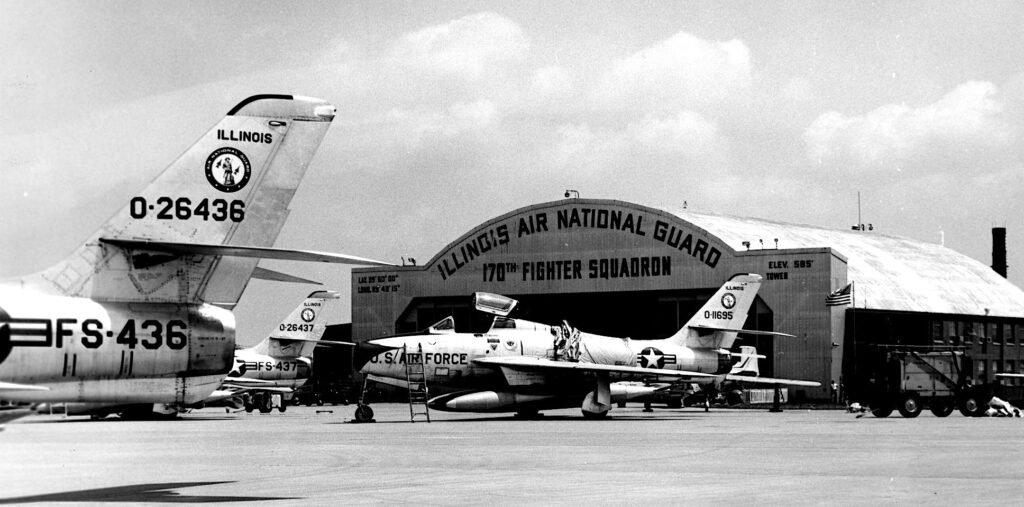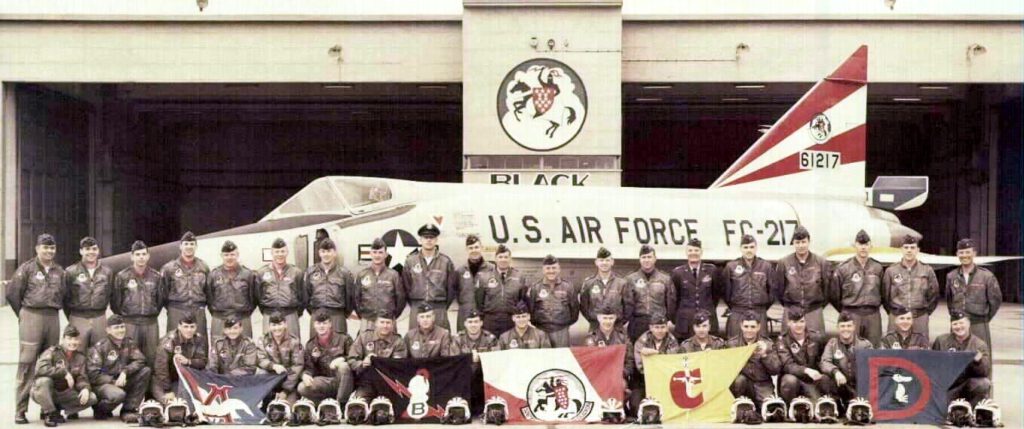the history of the 433rd Tactical Fighter Squadron during its operations in Thailand (primarily at Ubon RTAFB) during the Vietnam War
The 433rd Tactical Fighter Squadron was part of the 8th Tactical Fighter Wing, “The Wolfpack.” The 8th TFW moved from George AFB, California to Ubon Royal Thai Air Force Base on 8 December 1965. The 433rd deployed there at that time as part of Operation Rolling Thunder.
Initially, the 433rd flew F-4C Phantom II aircraft when it arrived at Ubon. In May 1967, the squadron was re-equipped with F-4D Phantom II models. This re-equipment made the 433rd one of the first units in Southeast Asia to receive the F-4D. The primary mission was combat over Southeast Asia: including North Vietnam, Laos, and Cambodia. Tasks included interdiction, escort, armed reconnaissance, air defense, ground support, and bombardment. The 433rd also participated in pioneering missions like the combat‐testing and employment of laser‐guided bombs (LGBs) (including the BOLT‐117 and Paveway) starting in May 1968.
By December 1967, the 433rd had achieved 12 MiG kills. The 8th TFW (of which the 433rd was a part) flew large numbers of combat sorties. For example, by end of June 1966, after only ~6 months in theater, more than 10,000 combat sorties were flown with a nearly 99% sortie rate. The squadron and wing also supported operations during the wider U.S. withdrawal, continuing combat until the cease of hostilities: operations in Vietnam until ~mid-January 1973; Laos until ~22 February 1973; Cambodia until ~15 August 1973.
The 433rd remained at Ubon until 23 July 1974 when it was inactivated.
Operation Bolo
Led by Col. Robin Olds, OPERATION BOLO used a brilliant deception tactic that destroyed half of the North Vietnamese MiG-21 fighter force, with no USAF losses.
In late 1966, the USAF was not permitted to bomb North Vietnamese airfields and could only destroy enemy fighters in the air. Complicating the problem, enemy MiGs focused on bomb-laden F-105s and only initiated combat when they had a clear advantage. Col. Robin Olds, 8th Tactical Fighter Wing (TFW) commander, and the wing’s tactics officer, Capt. John “J.B.” Stone, devised a masterful plan to lure and trap North Vietnamese MiG-21s by mimicking an F-105 bombing formation.
On Jan. 2, 1967, 8th TFW F-4s entered North Vietnam from the west using the same route, altitude, and formation as an F-105 bomb strike. They also carried and operated electronic jamming pods used by F-105s. The North Vietnamese took the bait, and the MiGs came up to intercept what they thought was an F-105 strike. At the same time, 366th TFW F-4s came into North Vietnam from the east to block the MiGs’ escape to China and to orbit their bases, preventing the MiGs from landing.
Despite some problems caused by the overcast weather, OPERATION BOLO was triumphantly successful. During the 12-minute engagement, seven North Vietnamese MiG-21s — about half of their operational force — were shot down with no USAF losses. Four days later, another ruse, this time mimicking an F-4 reconnaissance flight, shot down two more MiG-21s. These crippling losses greatly reduced MiG activity for several months.Also
Additional recommended reading Maj. William L. Kirk, 433rd TFS Mig Killer – USAF collector
433 Tactical Fighter Squadron Photos
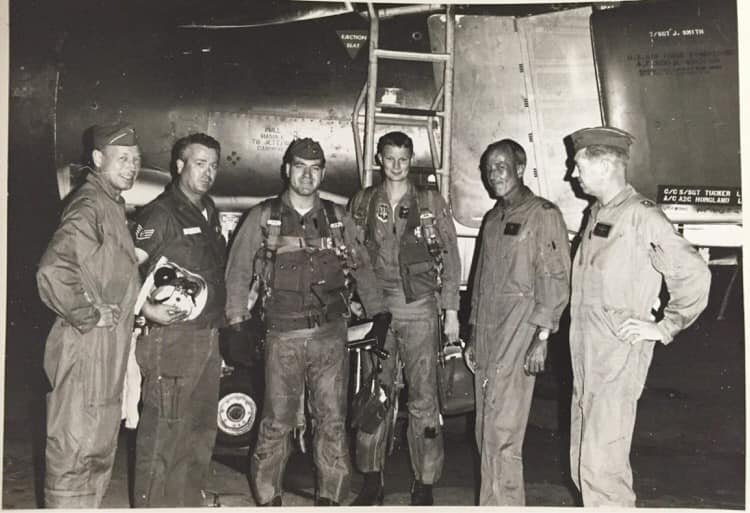
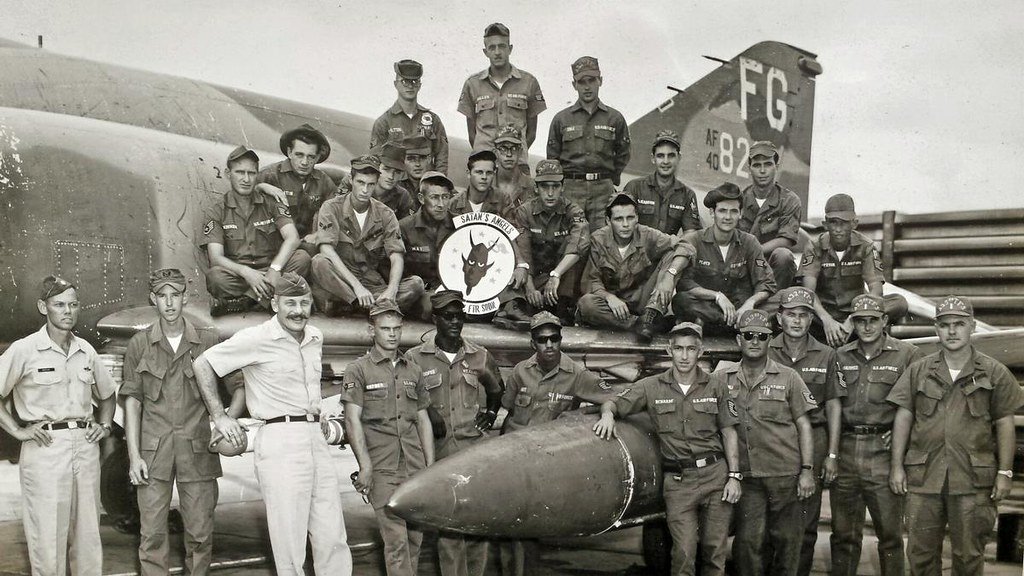
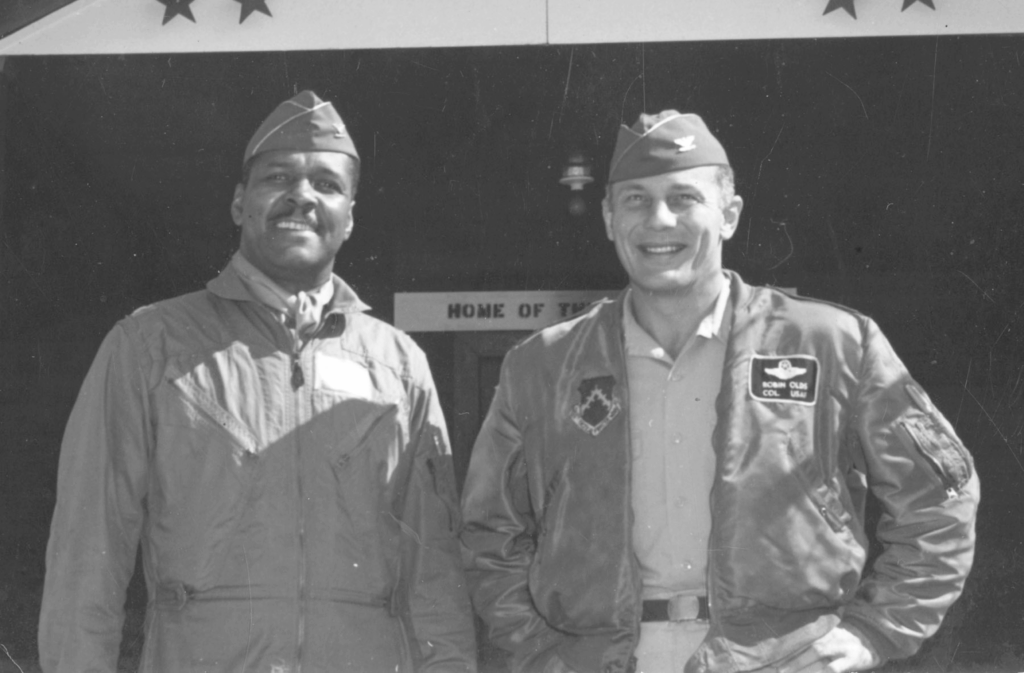
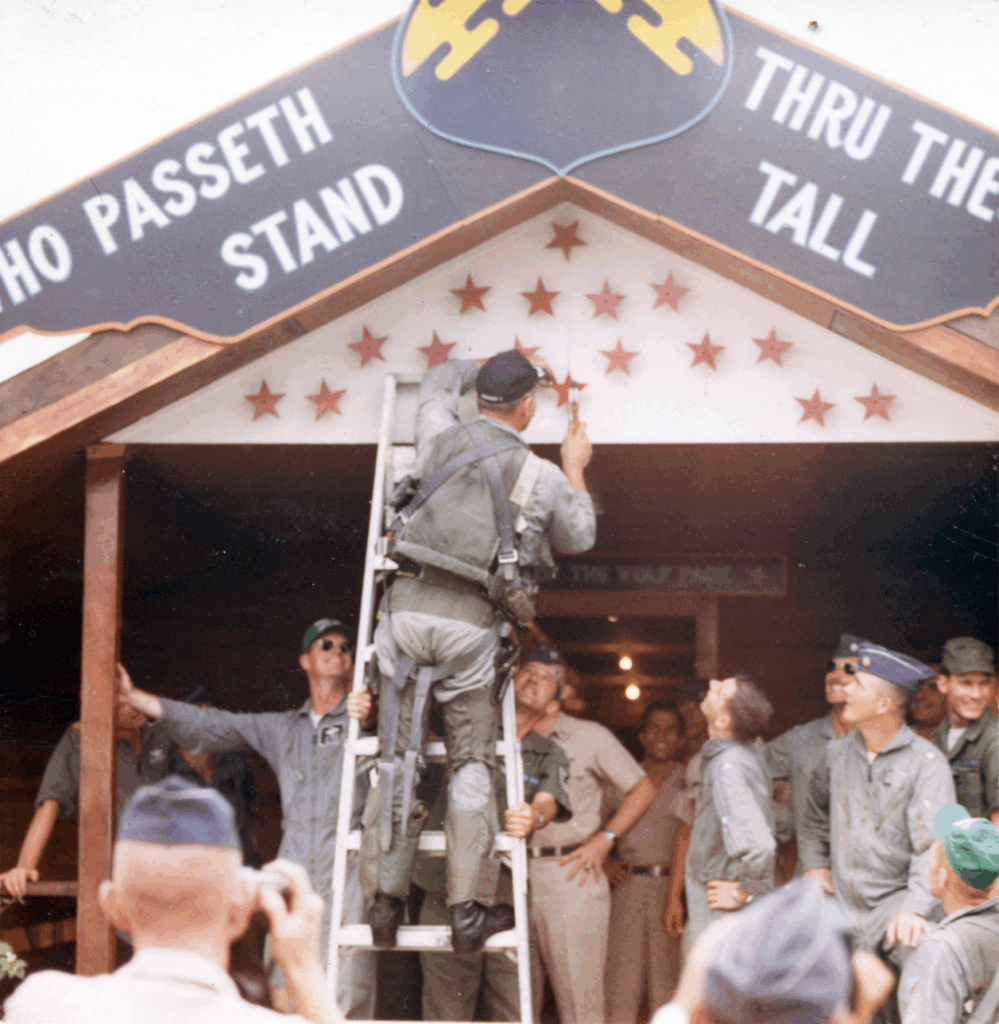
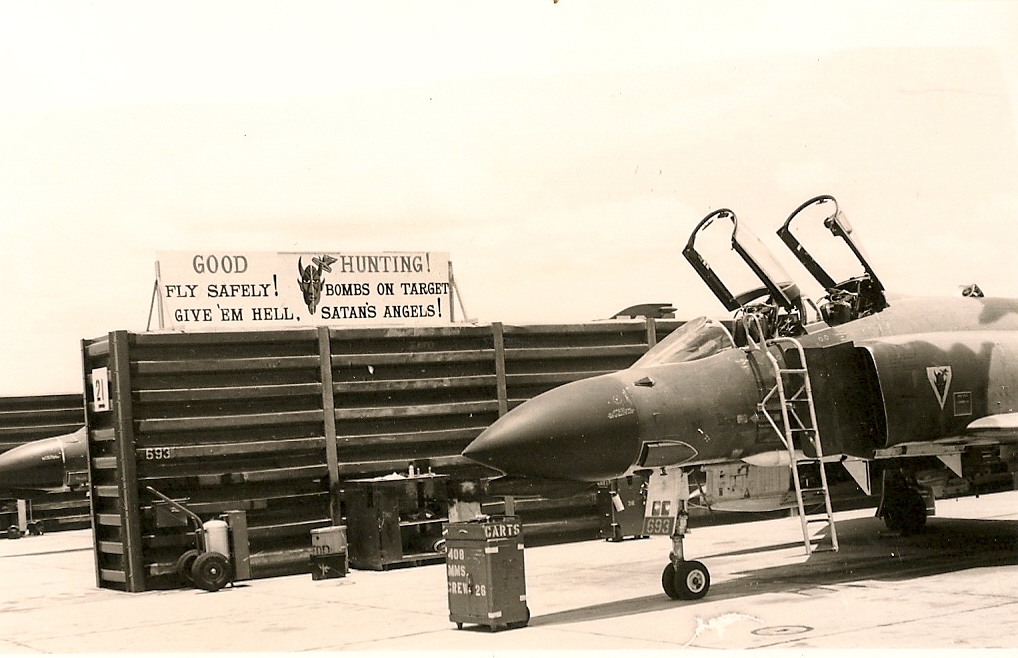
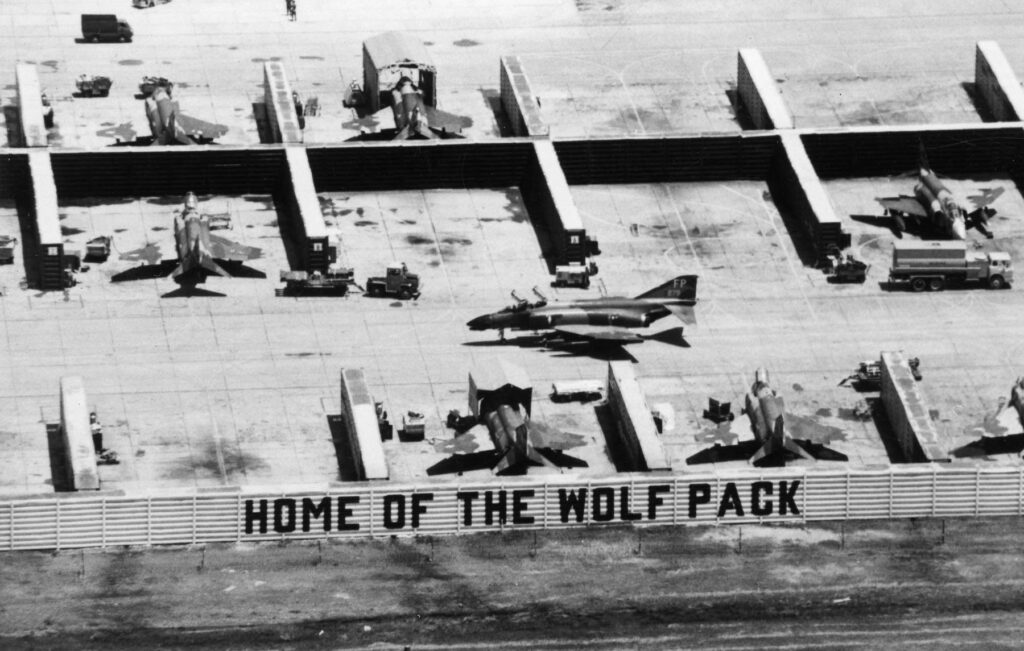
433rd Tactical Fighter Squadron patches
Some of the 433 TFS Satan’s Angels patches that were worn during the war, mainly on ‘party suits’ These are donated to the collection by Gary Bendlin who flew with the Satan’s Angels from July 1969 till February 1971.
